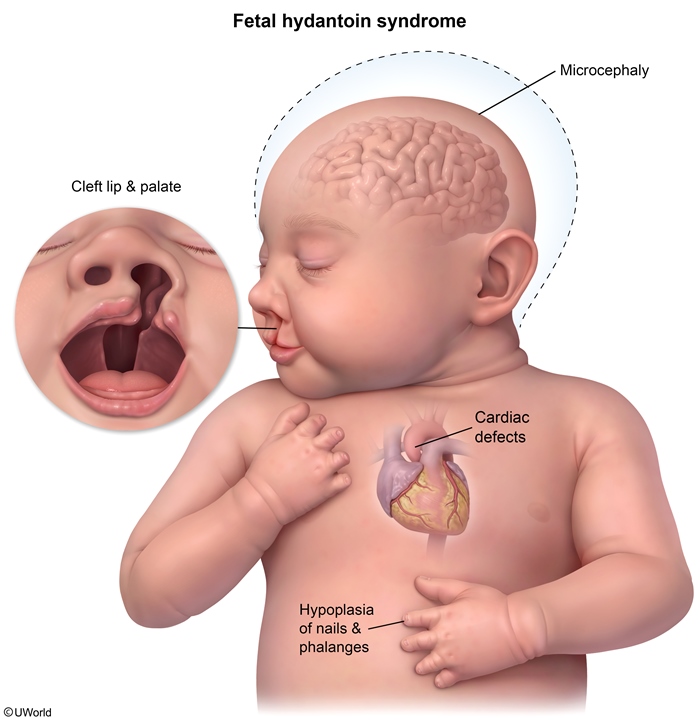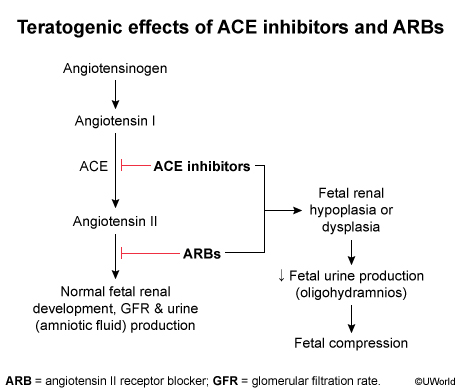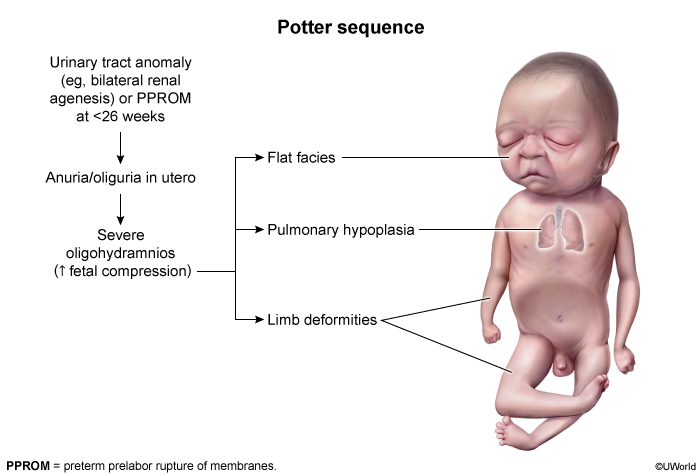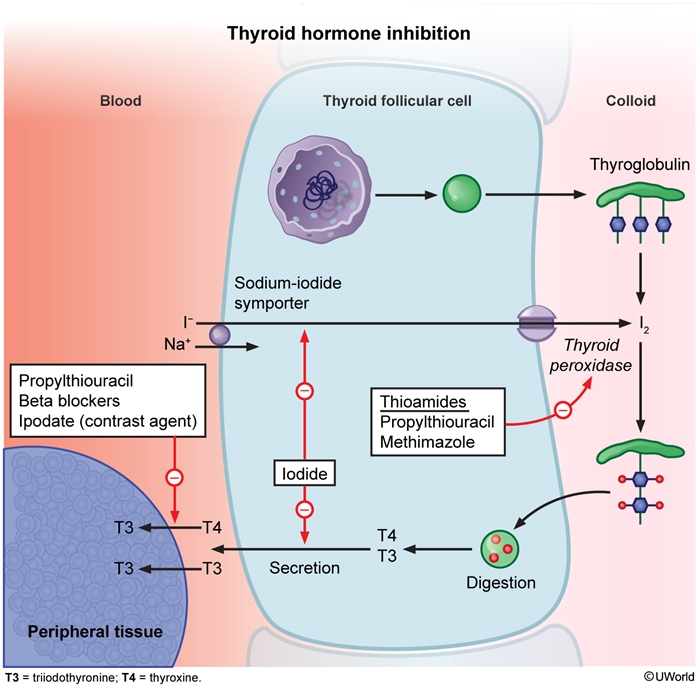Common Teratogenic Medications
Article Sections
Introduction
Teratogenic medications are agents that interfere with normal embryonic or fetal development, leading to structural or functional abnormalities. The teratogenic potential of a drug depends on multiple factors, including dose, timing of exposure relative to gestational age, genetic susceptibility, and concurrent exposures. The most critical period for structural malformations is during organogenesis in the first trimester (3-8 weeks gestation), although functional deficits can result from exposure at later stages.
Mechanisms and timing
Teratogenicity may result from:
- Disruption of cell proliferation or differentiation.
- Interference with folate metabolism.
- Endocrine disruption.
- Direct toxicity to developing tissues.
- Vascular disruption or thrombosis in the placenta or embryo.
Critical periods
- Preimplantation (0-2 weeks gestation): All-or-none effect; the exposure either results in embryonic death or does not affect the developing fetus.
Continue Learning with UWorld
Get the full Common Teratogenic Medications article plus rich visuals, real-world cases, and in-depth insights from medical experts, all available through the UWorld Medical Library.
Figures

Figure 1

Figure 2

Figure 3

Figure 4

Figure 5
Tables
Table 1